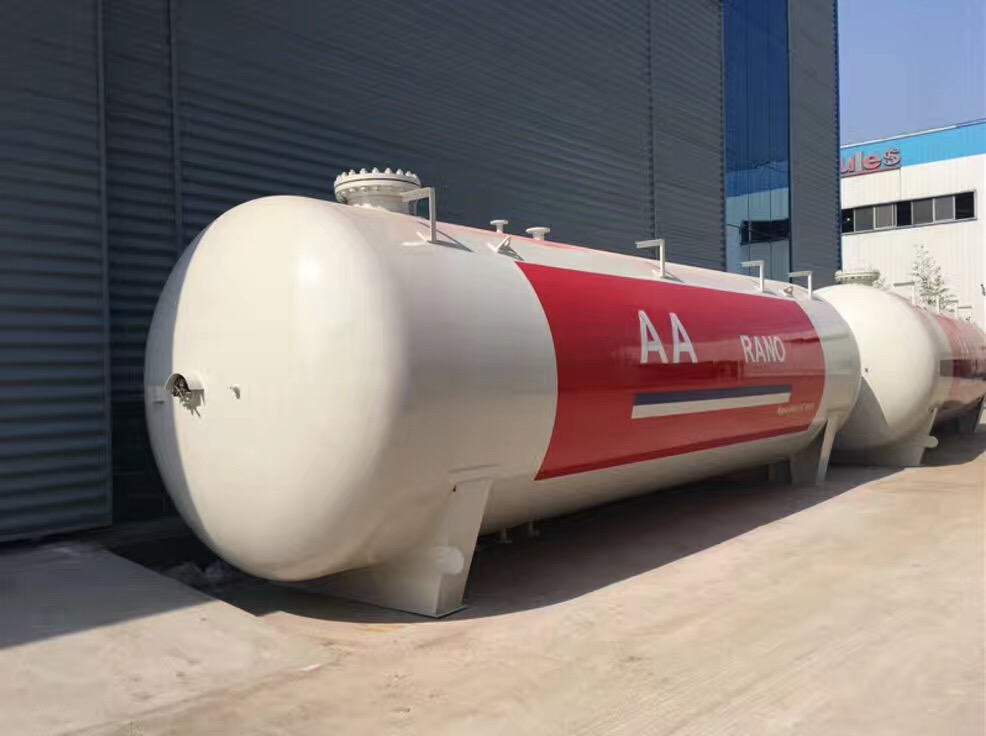Characters of liquefied petroleum gas/LPG
Time:2019-07-16
Views:2116
1, convenience. Easy to store and transport.
2, flammability. When LPG is mixed with air, it can burn quickly and release energy once it encounters fire, even a small fire such as a stone or metal colliding or rubbing a static spark. According to this principle, various burning appliances are manufactured.
2, flammability. When LPG is mixed with air, it can burn quickly and release energy once it encounters fire, even a small fire such as a stone or metal colliding or rubbing a static spark. According to this principle, various burning appliances are manufactured.
3, explosive. Since the lower explosion limit of liquefied petroleum gas is very low, as long as the air contains 1.5%-9.5% of liquefied petroleum gas, the internal liquefied petroleum gas immediately volatilizes, expands, and mixes with the surrounding air to form an explosive mixed gas. At the source, a chemical explosion immediately occurs, causing a devastating disaster. Due to the characteristics of liquefied petroleum gas, liquefied petroleum gas stations are required to have strong fire prevention and safety measures.
4. Volatility. When the LPG stored in the container leaks out in a liquid state, it will rapidly vaporize due to a decrease in pressure, and the volume of the LPG will expand to 250 times. When it encounters a fire, it will explode and burn.
5. High calorific value. It is a non-polluting, almost complete combustion fuel with high calorific value. The low calorific value of 1 cubic meter of gaseous LPG is 10*104KJ/M3, which is 5 times that of coke oven gas and 3 times that of natural gas. DME (dimethyl ether) ) 1.6 times.
6, LPG characteristics for safe use requirements
GB18218 <Significant Hazard Source Identification> is classified as a major hazardous flammable substance. While taking advantage of the beneficial properties of LPG, safety management should also be strengthened to prevent its harmful effects.
A. Strictly prevent the leakage of LPG. Containers and pipes should have sufficient pressure resistance and sealing. LPG facilities and other buildings must have adequate protection and fire separation.
B. All station areas and environments related to LPG should eliminate the occurrence of open flames, electric sparks and static sparks, and should have good ventilation conditions. There should be no place for LPG to accumulate and accumulate.
C. When storing LPG in containers such as storage tanks and cylinders, it must be filled as required, and excessive overloading is strictly prohibited.
In the case of full liquid, the pressure in the container will increase by 2-3 MPa for every 1 degree increase in temperature. Therefore, the filling amount of the liquefied petroleum gas container must be limited and must not be overcharged. Regardless of the storage tanks and gas cylinders, it is usually necessary to leave a certain space when filling, only to 85%, leaving 15% space, the working pressure of the cylinder is 2.1Mpa, the test pressure is 3.2Mpa, visible, overfilling Liquefied gas is very dangerous.

GB18218 <Significant Hazard Source Identification> is classified as a major hazardous flammable substance. While taking advantage of the beneficial properties of LPG, safety management should also be strengthened to prevent its harmful effects.
A. Strictly prevent the leakage of LPG. Containers and pipes should have sufficient pressure resistance and sealing. LPG facilities and other buildings must have adequate protection and fire separation.
B. All station areas and environments related to LPG should eliminate the occurrence of open flames, electric sparks and static sparks, and should have good ventilation conditions. There should be no place for LPG to accumulate and accumulate.
C. When storing LPG in containers such as storage tanks and cylinders, it must be filled as required, and excessive overloading is strictly prohibited.
In the case of full liquid, the pressure in the container will increase by 2-3 MPa for every 1 degree increase in temperature. Therefore, the filling amount of the liquefied petroleum gas container must be limited and must not be overcharged. Regardless of the storage tanks and gas cylinders, it is usually necessary to leave a certain space when filling, only to 85%, leaving 15% space, the working pressure of the cylinder is 2.1Mpa, the test pressure is 3.2Mpa, visible, overfilling Liquefied gas is very dangerous.










.png)
.png)